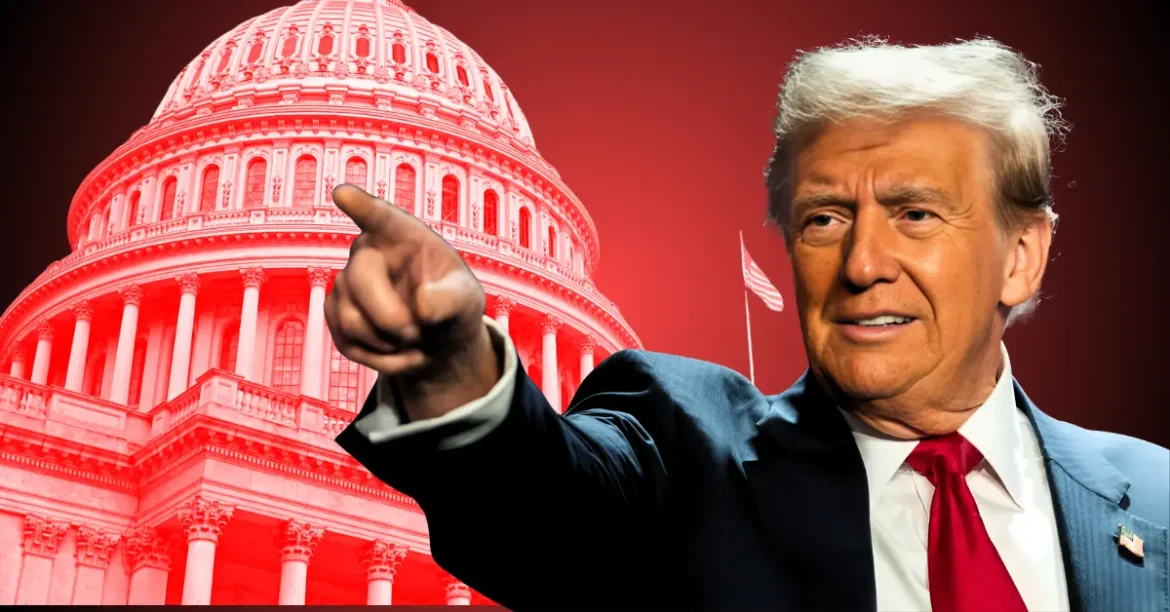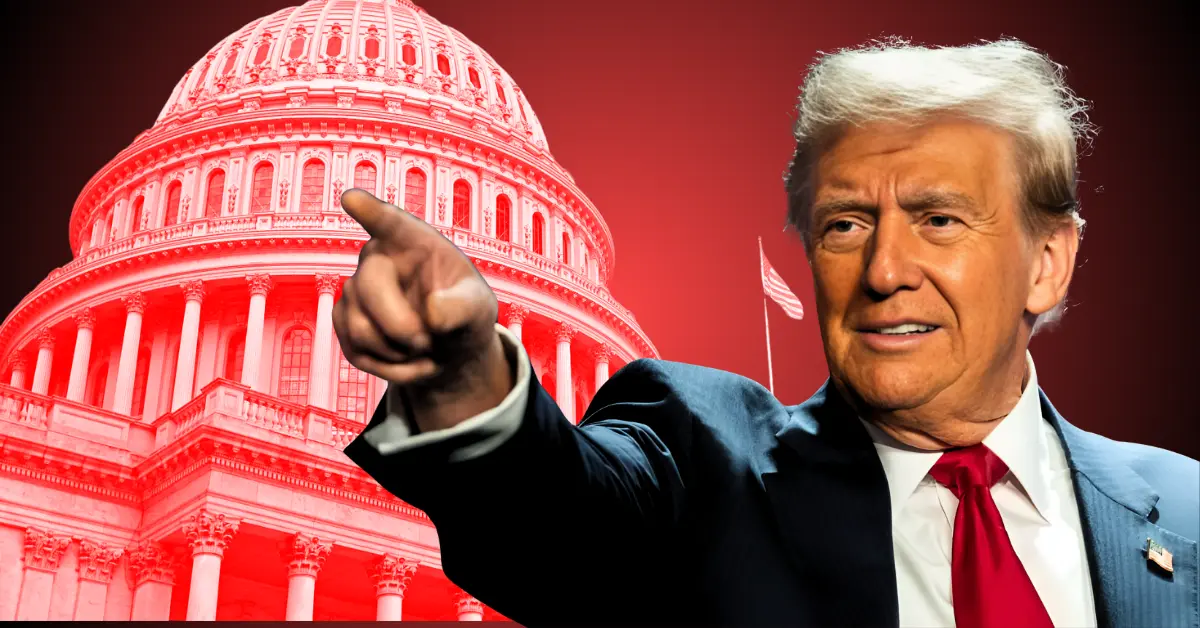The Emerging Contest for Federal Reserve Chair: Donald Trump and Scott Bessent
The landscape surrounding the leadership of the U.S. Federal Reserve is stirring with speculation and rapid developments well ahead of the formal process traditionally associated with selecting the Federal Reserve (Fed) Chair. President Donald Trump has recently indicated intentions to name a successor to Jerome Powell, despite Powell’s term officially expiring in May 2026. Central to this conversation is Treasury Secretary Scott Bessent, who has emerged as a prominent contender to take over the Fed Chair position.
The Context: Jerome Powell’s Tenure and Trump’s Discontent
Jerome Powell has been serving as the Fed Chair, with his term scheduled to continue until mid-2026. However, President Trump has openly expressed dissatisfaction with Powell’s policies and approach, signaling his willingness to make an early change. This break from the usual continuity in Federal Reserve leadership reflects heightened political involvement in monetary policy decisions and has generated considerable market attention.
Traditionally, Fed Chairs serve their full terms, independent of presidential pressure, aiming to maintain central bank autonomy. Nonetheless, Trump’s statements about naming Powell’s successor “very soon” and the heightening chatter signal potential shifts in this longstanding norm.
Scott Bessent: From Treasury Secretary to Possible Fed Chair
Scott Bessent, currently serving as Treasury Secretary under Trump’s administration, stands out as a growing favorite. Reports indicate that advisers inside and outside the White House are advocating for Bessent’s nomination. Known for his experience in finance and involvement in economic policy, Bessent is seen by some to bring an insider’s familiarity with the administration’s priorities combined with the technical acumen required for overseeing monetary policy.
Bessent’s rise as a contender is significant because it suggests a preference for someone aligned closely with the current administration’s views. However, there are some structural and procedural questions regarding his eligibility, as Federal Reserve Chairs are typically selected from the existing Board of Governors of the Fed. Whether Bessent meets this formal criterion or if exceptions could be pursued remains part of the debate.
The Broader Implications of a Leadership Change
Replacing a Fed Chair prior to the official end of their term is a rare and consequential move, especially given the critical role the Federal Reserve plays in managing interest rates, inflation, and economic stability. The announcement of a successor so far ahead of time injects uncertainty into financial markets, which deeply value the predictability and independence of the central bank.
If Bessent were to be appointed, he might steer the Fed’s policies closer to the current administration’s economic outlook, potentially impacting interest rates, quantitative easing measures, and regulatory attitudes. This could result in significant shifts in market behavior, investor confidence, and the broader economy.
Conversely, any perception that the Fed Chair is politically beholden risks undermining the institution’s credibility and independence. Markets and economic stakeholders typically respond negatively to perceived political interference in monetary policy, given the risk of destabilizing economic fundamentals.
Contrasting Views and Official Denials
Despite the mounting speculation, the White House has issued statements denying that Bessent is a formal candidate to replace Powell. These denials signal the complexity and sensitivity of nomination processes for key economic positions. It is possible that the administration may be exploring various options, balancing political considerations with the need to maintain institutional stability.
The tension between Trump’s public remarks and official narratives creates an atmosphere of ambiguity, leaving markets and observers watching closely for concrete announcements.
Possible Contenders and Alternative Options
Beyond Scott Bessent, other names have circulated as potential successors. For example, Kevin Warsh, a former Fed governor and previous Treasury secretary candidate, is occasionally mentioned. These alternative candidates underscore that the succession process, whether expedited or routine, involves significant political and economic calculations.
Navigating the Path Forward: What to Expect
Conclusion: A Potential Turning Point in Federal Reserve Leadership
The discussion surrounding President Donald Trump’s consideration of Treasury Secretary Scott Bessent as a replacement for Jerome Powell encapsulates a critical moment in U.S. economic governance. It challenges traditional expectations about the Federal Reserve’s autonomy and raises essential questions about the intersection of politics and monetary policy.
Should Bessent or any other nominee emerge and be appointed, the consequences will reverberate through financial markets and the broader economy for years to come. This episode serves as a vivid reminder of the delicate balance between political influence and institutional independence that underpins effective central banking in the United States. The coming months are set to reveal not only who will lead the Fed but also the future trajectory of U.S. monetary policy amid heightened political tenor.





